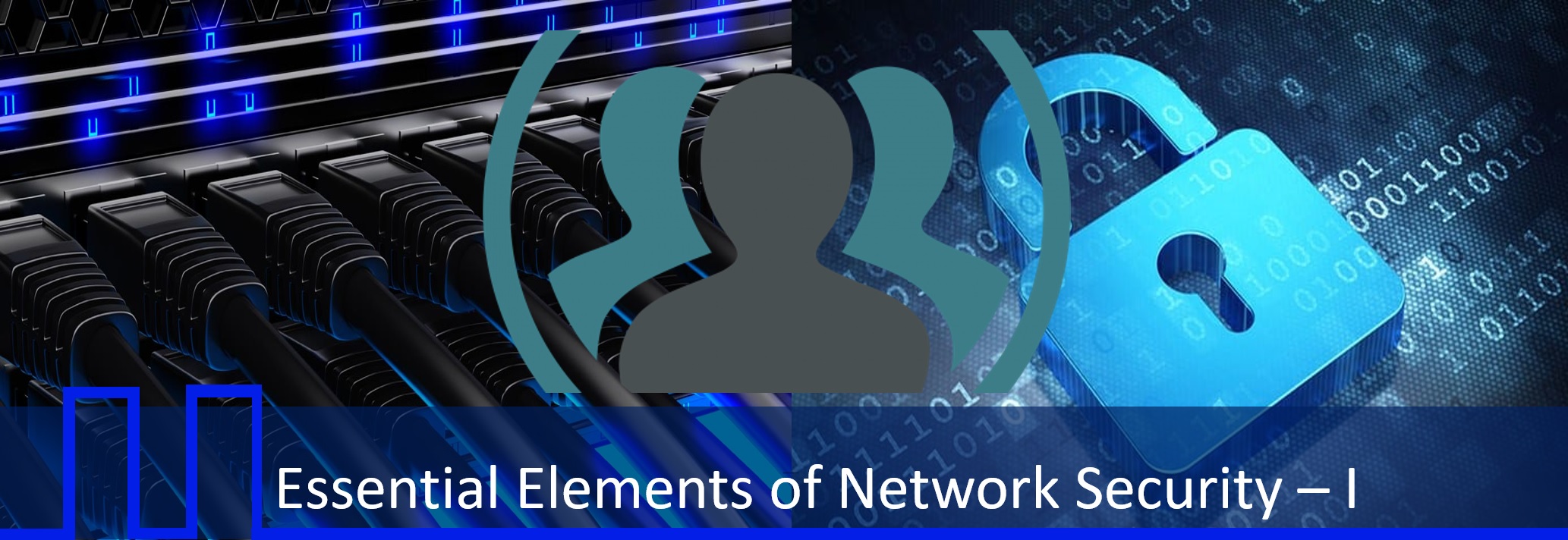| Course Title |
: Essential Elements of Network
Security - I |
| Course Duration |
: 2 Day Online Intructor Led Workshop
: Online workshop is delivered in
two days, two units each day between 10:15 am to 1 pm and 3 pm to 5:30
pm |
| Course Fee |
: Available upon request (Write
to us at
info@tlcpak.com) |
| Course Location |
: TLC (Karachi), Customer Onsite
(Karachi, Lahore, Faisalabad and Islamabad) and Online |
| Course Code |
: TN228-I |
| Deliverables |
: Comprehensive Student Guide and
Workshop Certificate |
PURPOSE:
Network security isn't a one-size-fits-all
strategy. Dive into the various segments of network security, and learn
how they overlap and interact with each other. IT has changed considerably,
moving from a client-server environment to one driven by digital transformation,
which increases the interaction of mobile devices, cloud resources such
as SaaS and IaaS, and IoT. All this innovation has greatly expanded the
ability of people and devices to communicate. What remains constant, however,
is that the network, no matter what form it takes, must protect the usability
and integrity of network resources.
The training
course flow will be a mix of lectures & classroom discussions so that
participants can have a detailed understanding of various components of
network security.
About this workshop:
This workshop is designed to provide
update knowledge on five essential of network security and provide the
insight different network security technologies. Understand the challenges
faced by corporate security teams how to mitigate security threats and
network attacks by using different network security technologies.
After completing this
workshop, you will be able to:
-
Understand the
importance of Network Firewall technologies.
-
Describe and understand Intrusion Detection
System and Intrusion Prevention Systems.
-
Understand threat management and knowing
security threats and their channels.
-
The importance Thread Modeling and Threat
Management Strategy.
-
Problems addressed by Advanced Network
Threat Prevention.
-
Signatureless Malware Deduction technology.
ABOUT THE INSTRUCTOR
This workshop shall be delivered
by TOGAF 9 Certified/IBM Certfied Infrastructure System Architect and an
experienced trainer with 25+ years of career experience imparting education
and training services both locally and internationally and have worked
for international enterprise technology vendors including IBM, Fujitsu,
and ICL. Our instructor holds various industry professional certifications
in the space of enterprise servers and storage technologies, Information
Security, Enterprise Architecture, ITIL, Cloud, Virtualization, Green IT,
and a co-author of 10 IBM Redbooks.
TARGETED AUDIENCE:
Network teams,
Business Technology professionals, audit, risk and compliance, information
security, IT operations, Project Management, Cybersecurity professionals,
Enterprise Architects, Technical Writers, and fresh network professionals
who want to;
-
Learn essential
networking security trends in information and cybersecurity.
-
Understand Network
Firewalls and role Unified Threat Management.
-
Learn about Advanced
Network Threat Prevention following best practices.
A FLEXIBLE PRICING MODEL
FOR CORPORATE:
This workshop
can also be delivered for an organization in a private format at their
on-site premises subject to 15 - 40 corporate security professionals. For
additional information, please contact us.
PREREQUISITES:
Participants attending this workshop
should be familiar with basic Information Technology (IT) and Security
concepts, business challenges and the role of general system wide infrastructure
technologies and their applications.
COURSE OUTLINE
Unit 1 – Network Firewalls
-
Network security at a glance.
-
Common Myth about SAN Security – Why
storage security is important?
-
Open System Interconnection Model.
-
Key networking protocols.
-
Network firewall and their types.
-
Fine-tuning Firewall Rules: 10 Best
Practices.
-
Change Management subject to firewall
rules.
-
Recommended firewall rules.
-
How to choose a firewall.
-
Questions that you should ask prior
choosing a firewall.
-
How to configure a Firewall in 6 Steps.
-
Next Generation Firewall Defined.
-
Key benefits of Next Generation Firewalls.
-
Key security features offered by Next
Generation Firewall.
-
Inbound traffic vs. outbound traffic.
-
Firewall Pros and Cons.
-
Unit 1 Assessment.
Unit 2 – Intrusion Detection and Prevention System
-
Describe and understand Intrusion Detection
System and Intrusion Prevention Systems.
-
Evaluate the effectiveness of your IDS
and IPS systems.
-
Intrusion Prevention System (IPS) features,
market and vendors.
-
Firewall and Network-based IPS/IDS.
-
IPS Capacity Planning.
-
Best practices for deploying an IPS
in your enterprise.
-
A basic features Comparison Matrix –
Firewall Vs IDS Vs IPS.
-
Critical issue with Zero-day vulnerability.
-
Understand Security information and
event management (SIEM).
-
Security Information Management Vs.
Security Event Management.
-
SIEM Process – Four simple steps.
-
How to select a right SIEM tools for
your business.
-
Problem solved by SIEM Solution.
-
Exploiting MDR, EDR and XDR Technologies.
-
Egress Monitoring defined.
-
Unit 2 Assessment.
 |
Unit 3 – Exploring Unified Thread Management
-
Threats and security challenges faced
today.
-
Understand threat management and knowing
security threats and their channels.
-
Attack Progression Model used by Cybercriminals.
-
Step-by-step approach from Incident
Detection to Root Cause Report.
-
Three categories of Risks.
-
Threat Modeling as a part of your threat
management strategy.
-
Understand Unified Threat Management.
-
UTM – A series of solutions all under
one roof.
-
How UTM works.
-
UTM vs. NGFW – A smart comparison.
-
What exactly you should look for when
selecting UTM and NGFW.
-
How to avoid the catch – Unified Threat
Management.
-
UTM – Advantages and Disadvantages.
-
Best practices for a modern threat management
strategy.
-
UTM Managed Cloud Services – Key Features.
-
Unit 3 Assessment.
Unit 4 - Advanced Network Threat Prevention
-
Understand Zero-day Attack and critical
issue with Zero-day vulnerability.
-
Suggestions for Mitigating the effects
of a Zero-day attack.
-
Describe Advanced Network Threat Prevention.
-
Problems addressed by Advanced Network
Threat Prevention.
-
Describe Digital Signatures and their
distinct goals.
-
Signatureless Malware Deduction technology.
-
Signatureless Malware Deduction technology.
-
Understand Attack Vector, Attack Surface
and Malicious Actors.
-
Common Breach Vectors.
-
How Does ANTP Work?
-
Operate and maintain detective and preventative
measures.
-
Understand whitelisting, blacklisting,
sandboxing, honeypots, and honeynets.
-
Unit 4 Assessment.
|

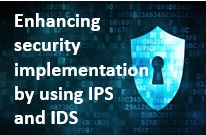  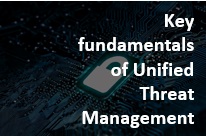  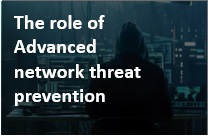  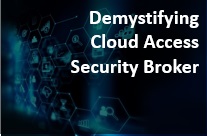
|







